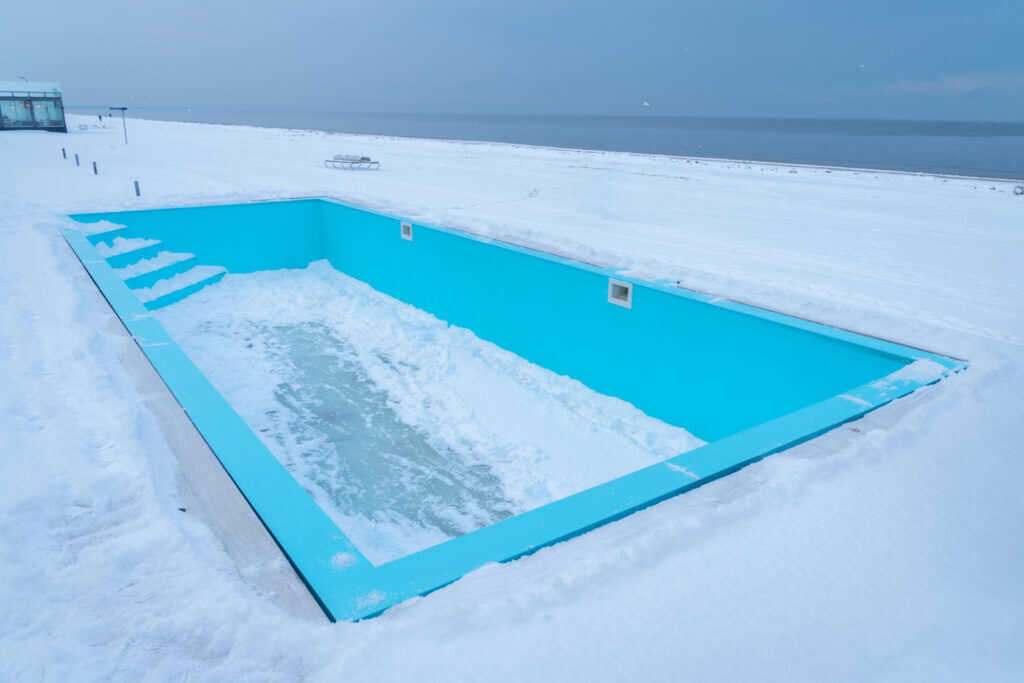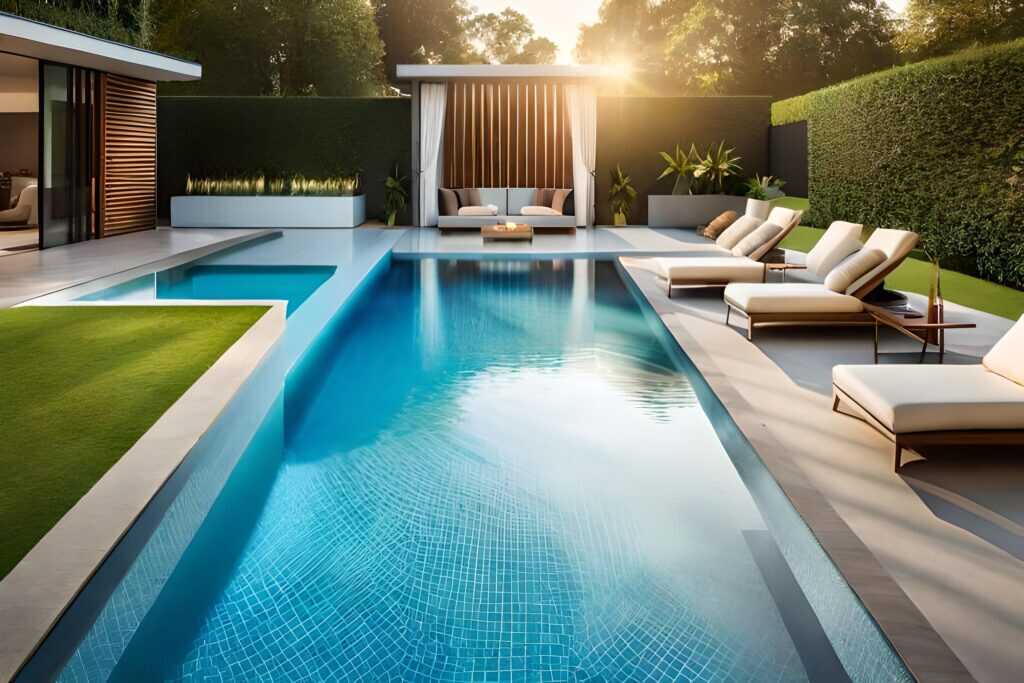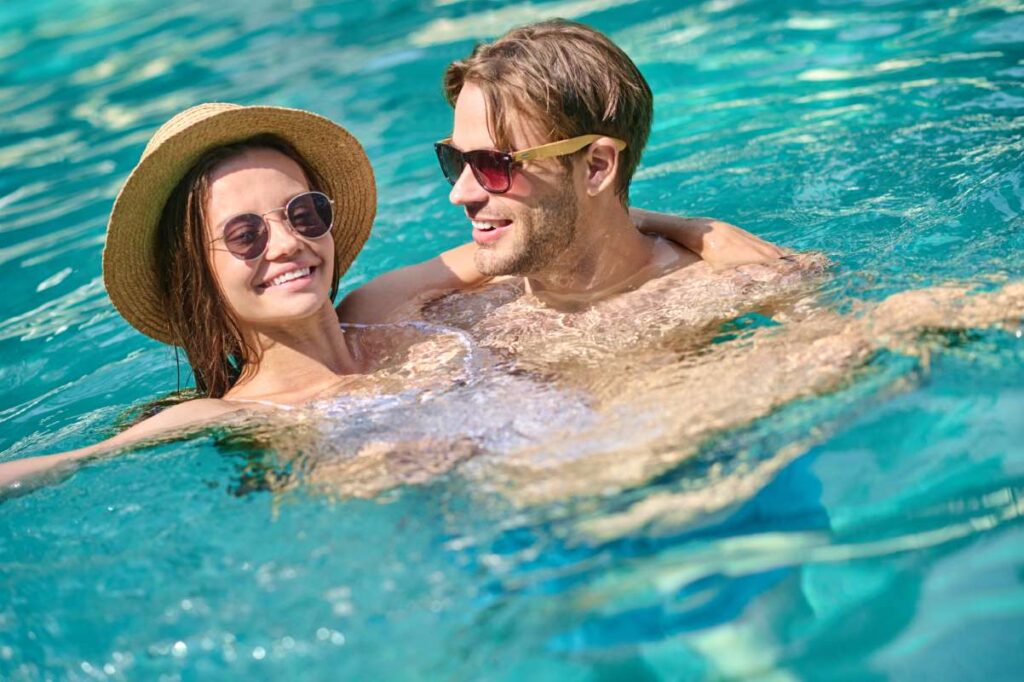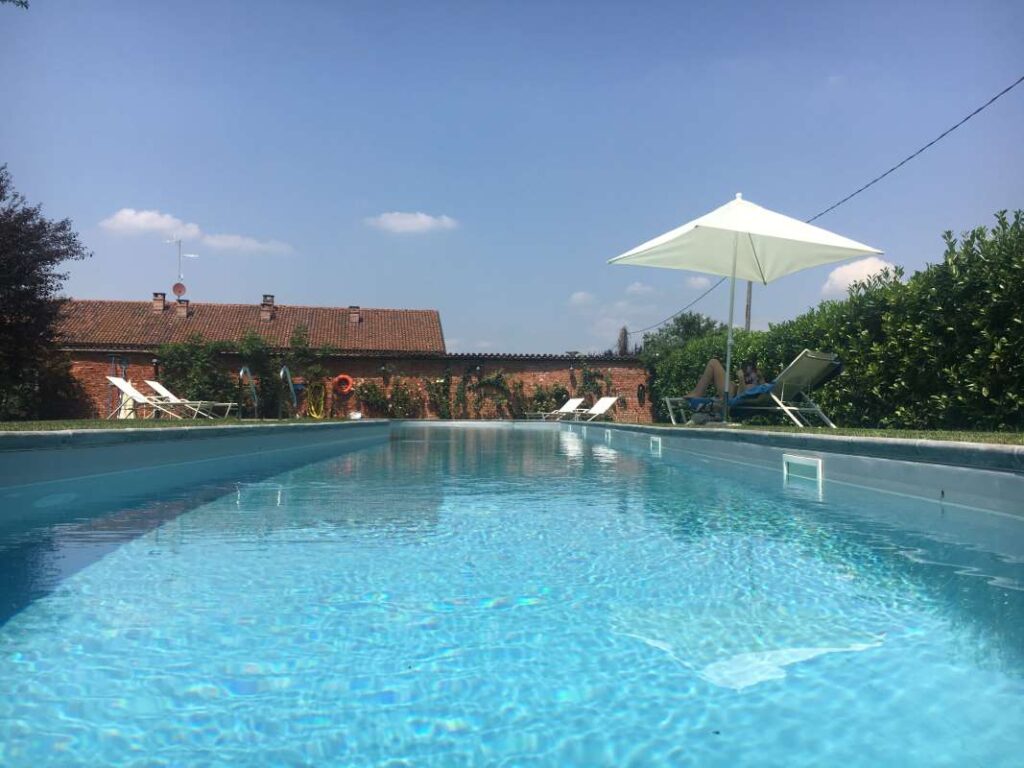Converting Standard Pools Into Natural Swimming Pools
Transform your standard pool into a natural swimming oasis with our expert tips and insights on eco-friendly alternatives and benefits.
In a world increasingly attuned to environmental sustainability, the appeal of natural swimming pools has surged. These eco-friendly alternatives offer a harmonious blend of beauty and functionality, promoting a healthier swimming experience without relying on harsh chemicals. This blog post delves into the exciting journey of converting standard pools into natural swimming pools, exploring their benefits, the conversion process, and expert recommendations. Join us as we uncover why this transformation is not just a trend but a lasting lifestyle choice.
Understanding Natural Swimming Pools
Natural swimming pools (NSPs) are designed to mimic natural bodies of water, providing a swimming experience that is both refreshing and chemical-free. Unlike traditional pools, NSPs utilize biological filtration and plant systems to maintain water quality. Here’s a deeper dive into what makes these pools unique:- Chemical-Free: Natural swimming pools rely on plants and beneficial bacteria to filter water, eliminating the need for chlorine or other chemicals that can irritate the skin and eyes.- Eco-Friendly: NSPs promote biodiversity by creating habitats for various aquatic plants and wildlife, contributing positively to local ecosystems.- Aesthetic Appeal: With their naturalistic designs, NSPs enhance outdoor spaces, blending seamlessly with landscaping and natural surroundings.- Health Benefits: Swimming in natural water can be gentler on the skin and eyes, reducing the likelihood of irritation caused by chemicals.Converting an existing pool into a natural swimming pool can not only enhance your property’s aesthetic but also offer a unique swimming experience for you and your family.
The Benefits of Converting to a Natural Swimming Pool
Transitioning from a standard pool to a natural swimming pool comes with a myriad of benefits that extend beyond mere aesthetics. Here are some of the most compelling reasons to consider this conversion:1. Sustainability: Natural swimming pools reduce your carbon footprint by requiring less energy for maintenance and eliminating chemical usage. They promote sustainable practices that contribute to the health of the environment.2. Lower Maintenance Costs: Although the initial investment may be higher, the long-term savings on chemicals, water, and energy can be significant. NSPs generally require less maintenance than traditional pools.3. Enhanced Property Value: A well-designed natural swimming pool can increase the value of your property. Homebuyers are increasingly attracted to properties that feature eco-friendly and innovative designs.4. Improved Water Quality: The biological filtration systems in natural pools result in clearer, cleaner water that is healthier for swimming, without the harshness of chlorine.5. A Unique Experience: Swimming in a natural pool offers a serene experience, reminiscent of swimming in a lake or river, enhancing the enjoyment of your outdoor space.Understanding these benefits can help homeowners make informed decisions about their swimming pool options, making the transition to a natural pool not only appealing but also practical.
The Conversion Process: From Standard to Natural
Converting a traditional pool into a natural swimming pool involves several steps, each requiring careful planning and execution. Here’s a breakdown of the conversion process:1. Assessment and Planning: – Evaluate the existing pool structure. Ensure it can accommodate the modifications needed for a natural swimming pool. – Consider the location and landscaping to optimize the integration of natural elements.2. Design Considerations: – Work with a specialist to design the new layout. This includes determining the size and shape of the swimming area, as well as the regeneration zone where plants will be placed. – Choose appropriate plants that thrive in your climate and will help keep the water clean.3. Construction: – Begin by removing the existing pool liner and plumbing that is no longer needed. – Install a biological filtration system with gravel, stones, and aquatic plants to create the regeneration zone. This is where the water will be filtered naturally. – Rework the surrounding landscape to blend the pool into the natural environment, using rocks and plants to create a seamless transition.4. Water Treatment and Balance: – Initially, you may need to add some chemical treatments to establish a stable environment while the biological system gets established. – Monitor water quality frequently during the transition period to ensure it remains suitable for swimming.5. Final Touches: – Once the biological system is established, you can enjoy your pool! Regular maintenance will involve trimming plants and monitoring water levels, but overall, the upkeep is significantly reduced compared to traditional pools.By following these steps, homeowners can successfully transform their standard pools into beautiful natural swimming pools that provide a unique and sustainable swimming experience.
Best Practices for Maintaining a Natural Swimming Pool
Once you’ve made the transition to a natural swimming pool, maintaining it effectively is crucial for its longevity and your enjoyment. Here are some best practices to keep in mind:- Regular Plant Maintenance: Ensure that aquatic plants are healthy and trimmed. This promotes good water circulation and prevents overgrowth, which can lead to poor water quality.- Monitor Water Levels: Maintain appropriate water levels, particularly in hot weather. Evaporation can lead to imbalances in the ecosystem.- Check Water Quality: While NSPs generally have better water quality than traditional pools, regular testing for pH, nitrogen, and other parameters can help you catch any issues early.- Limit Chemical Use: If necessary, use natural alternatives for any problems that arise. Research safe and environmentally friendly solutions.- Seasonal Care: Prepare your pool for seasonal changes. In colder climates, you may need to take additional steps to protect your plants and systems during winter.Maintaining your natural swimming pool involves a commitment to sustainability and environmental stewardship, making it a rewarding endeavor for eco-conscious homeowners.
Case Studies: Successful Conversions
Numerous homeowners have successfully transitioned from standard pools to natural swimming pools, each experiencing unique benefits. Here are a few case studies that illustrate the transformation:1. The Johnson Family: In Florida, the Johnsons had a traditional pool that required constant chemical treatments. After converting to a natural swimming pool, they reported an 80% reduction in maintenance costs. The family now enjoys swimming in cleaner, chemical-free water and appreciates the added value to their property.2. The Smiths in California: The Smiths wanted to create a backyard oasis that blended seamlessly with their landscape. By designing a natural swimming pool with local flora, they not only enhanced the beauty of their home but also attracted local wildlife, turning their space into a vibrant ecosystem.3. The Ramirez Family: Living in Texas, the Ramirez family converted their pool to a natural swimming pool primarily for health reasons. They found that their children experienced fewer skin irritations from swimming, leading to more enjoyable family time in the water.These case studies emphasize the diverse reasons behind converting to a natural swimming pool and highlight the multitude of benefits that can be enjoyed.
Conclusion
Converting standard pools into natural swimming pools is a forward-thinking choice that emphasizes sustainability, health, and aesthetic appeal. The journey involves careful planning and effort, but the rewards are worth it: cleaner water, lower maintenance costs, and an enhanced outdoor space that promotes a healthy lifestyle. As more homeowners seek environmentally friendly alternatives, natural swimming pools represent a significant shift in how we view recreation in our backyards. If you’re considering making the change, take the plunge and create your own natural oasis. For more information on how to get started, explore our
Pool Routes For Sale or contact us today at
Superior Pool Routes Contact Us. Embrace the future of swimming and enjoy the beauty and benefits of natural water today!



